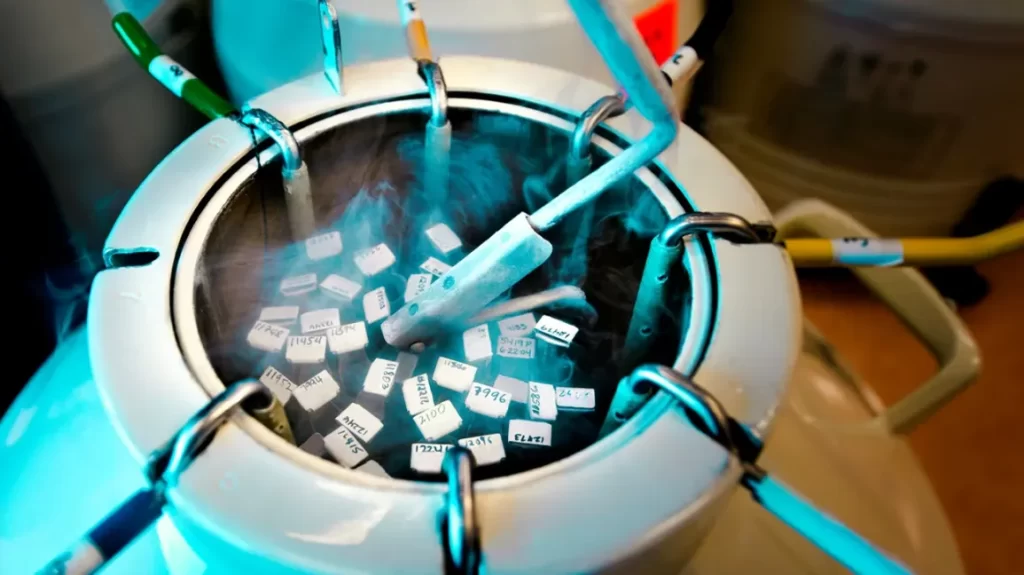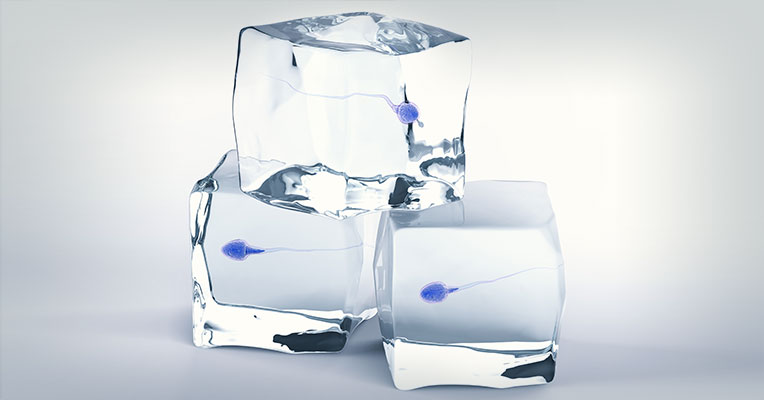Sperm Freezing
Sperm freezing
perm freezing involves collecting and preserving sperm in a frozen state for future use. It’s been used successfully for decades, and the frozen sperm can be stored for years without losing function.
By choosing to freeze your sperm, you are able to keep your options open for having a child in the future.

How the Process Works:

Collection
A semen sample is typically collected through masturbation in a private clinic room. If that’s not possible, surgical extraction or home collection kits (with special instructions) may be options.

Analysis
The sample is examined for sperm count, motility (movement), and overall quality.

Freezing (Cryopreservation)
The sperm is mixed with a protective solution and frozen in small vials using a method called slow freezing or vitrification. It's then stored in liquid nitrogen tanks.
Is it right for me?
Impending surgery, or treatment that may inhibit or damage your fertility, is the most common reason for freezing and banking sperm, for instance, cancer treatment or vasectomy surgery. If your sperm count or quality is affected by your treatment, or if a future vasectomy reversal proves unsuccessful, sperm banking – in conjunction with assisted conception techniques – may allow you to have your own biological child in the future.


When Should You Consider It?
- Before a vasectomy
- Prior to cancer treatment (chemo/radiation)
- If you have a high-risk job or lifestyle (e.g., military deployment)
- Before gender-affirming hormone therapy or surgery
- When experiencing a decline in sperm quality
- Just to preserve future options
Costs to Consider:
- Initial freezing: $500–$1,500 (includes analysis & first year of storage)
- Ongoing storage: $300–$1,000 per year
- Some fertility clinics and hospitals offer financing or insurance-covered plans.
Future Use
- IUI (Intrauterine Insemination)
- IVF (In Vitro Fertilization)
- ICSI (Intracytoplasmic Sperm Injection) for low sperm count/motility cases
